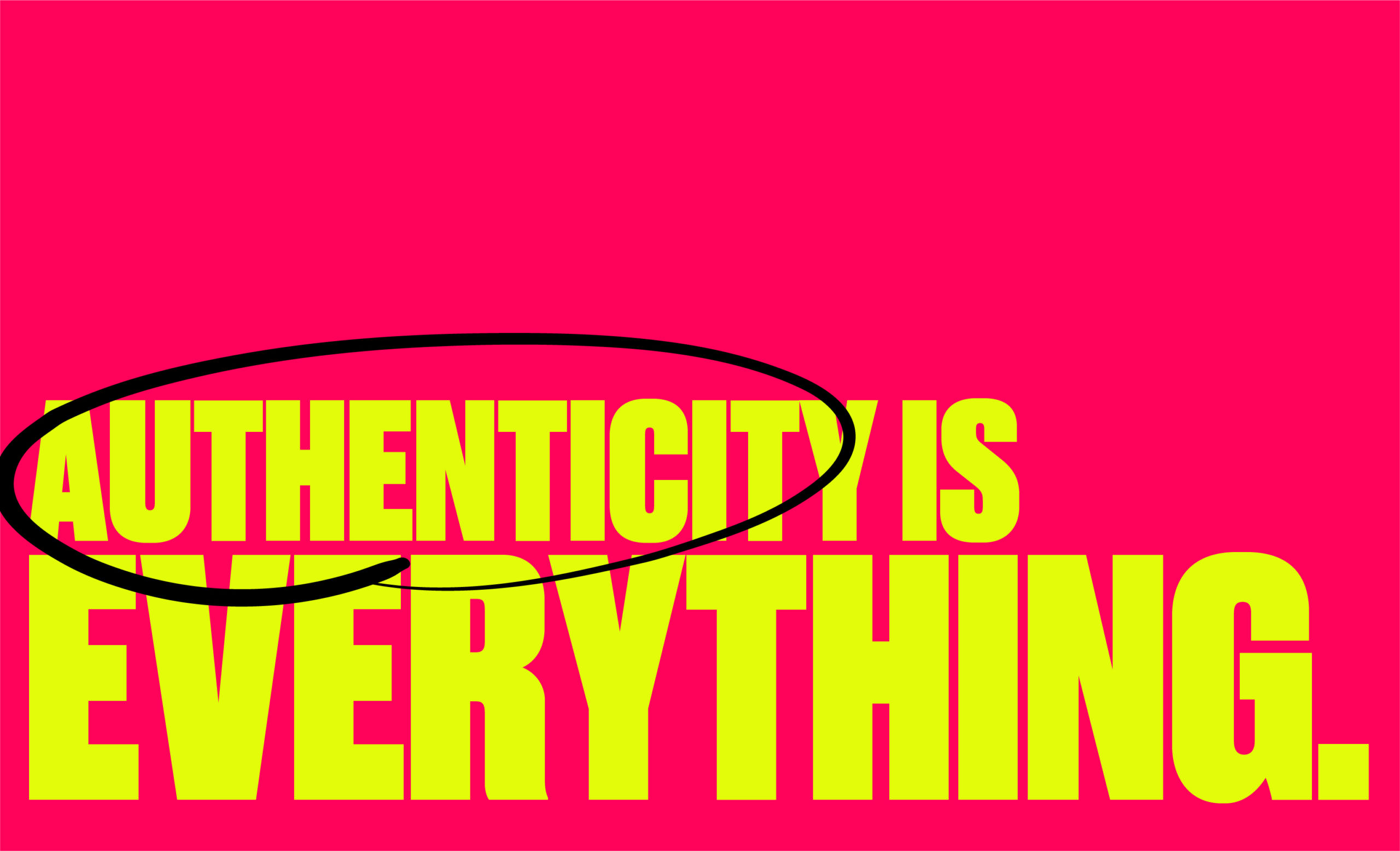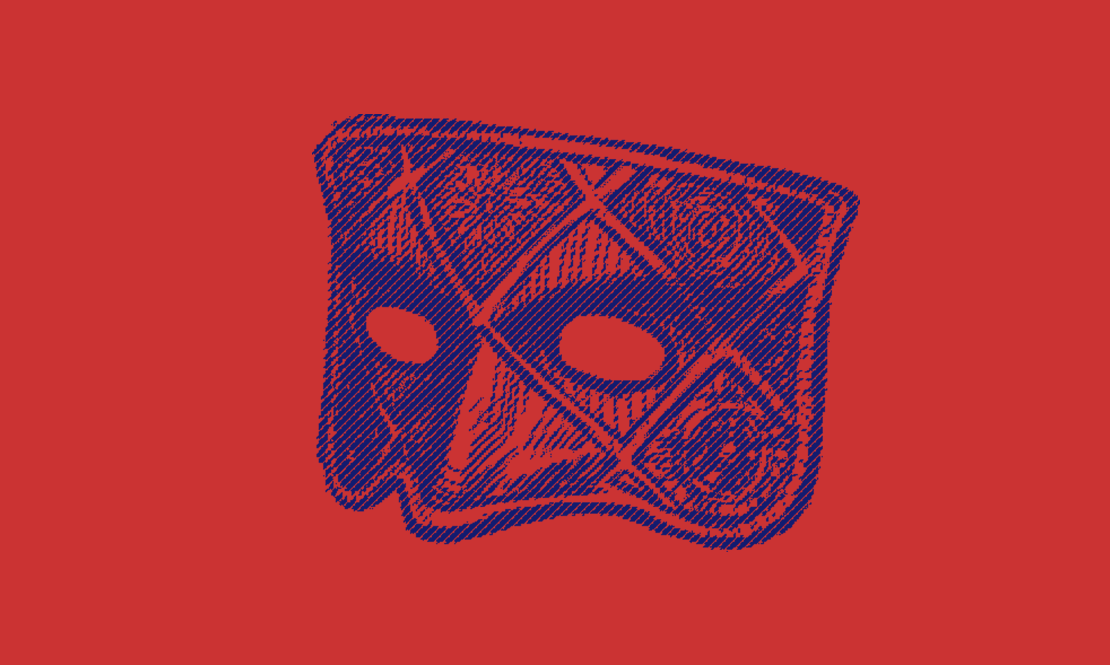A marketing super-tool, the customer decision journey (CDJ) map is used by CMOs and senior marketers to make sure their team or whole organisation improve:
- Understanding your consumer: What customers are paying attention to during each stage from becoming aware of your brand to actually buying something
- Fix your blind spots: Spot where your brand is weak or has opportunities to compete for customer attention.
- More with less: Reduce waste by making sure everyone is planning with a common framework, avoiding duplication and redundant content.
- Demonstrate marketing success: Explain your marketing team’s role and benefits to the rest of the business more clearly. Show where marketing can work with others to boost CDJ performance, win new customers and deepen loyalty.
International CMO, FMCG
How to make a CDJ for your brand
There are many versions of customer decision models, and it is an idea that keeps evolving. Our approach begins with a similar model to the McKinsey-designed version, which emphasises using marketing content throughout the sales journey but also afterwards to increase the chances of the customer becoming a loyal, repeat purchaser

There are four phases:
- Consider – a potential customer becomes aware of a need and considers a solution that satisfies that need
- Evaluation – a potential customer evaluates different products or services to decide which provides the best solution to their need
- Buy – a customer decides on a solution and purchases
- Customer retention (what McKinsey calls the “loyalty loop”) – delivering product or experiences so strong that customers develop loyalty to the brand and even recommend it (sometimes called the bonding and advocacy stages).
At each stage find out where customers’ attention is being spent. Do they search for information? Where? Are they reading reviews? When? What websites do they get ideas from, where are they going to check prices or reviews. When they decide to buy something, do they check it out in a store, or buy more than they need and return the rest? Use all the data you can find to create a map of where they are likely to go. Then ask – what content do we have there? Are we part of their journey?
How to make a CDJ for your brand
Don’t be afraid to change the names of the stages or add in new ones if you have data that explains the customer’s experiences when deciding to make a purchase from you.
But do make sure it is based on data. The CDJ is useful because it stops marketers from looking at their navels and keep their eyes on the customer. If a team doesn’t start with as much data about the customer’s real-world behaviours when they are mapping them out on a CDJ then the model will just bake in all of the assumptions and misconceptions about the customer that are already there.
Marissa Mayer
Should we spend on TikTok? Clubhouse?
A good CDJ makes planning about the customer at every stage. Questions from novelty-hungry agencies and colleagues can be answered simply by pointing to the CDJ and asking: is the customer there?
This is also a reason to have CDJ refreshed regularly. TikTok usage in the UK in 2020 increased by 75% during 2020 to 8.5 million users, for instance, and by 150% in Russia. Every brand that didn’t update their whole organisation’s map of customer journey with data was still trying to work out why their Clubhouse sponsorship wasn’t paying off. Annual updates are probably too little in digital channels. Teams working with lazy assumptions or old data may tell you that TikTok is a GenZ app, and skews female. That would be missing 20% of its US users who are over 40.
If your target audience is suddenly all about Facebook Stories what use is pushing print ads over a Bank Holiday.
Using your CDJ
A working CDJ for a brand or product needs to be visible. Several clients of Brilliant Noise have visualisations of their CDJs on display in their office or team areas. A global financial services client used it as a graphic cue on every brief and marketing plan to show at a glance which stages of the customer journey the work would be targeting.
The CDJ creates a common map that everyone in the marketing organisation can reference with each other, part of the common language. This will speed up and focus the planning and evaluation stages of campaigns especially.
Brilliant Noise gets brands faster marketing content. We start with the customer and the CDJ is a first step for our creative content and capability-building services.
Speak to us about how to make your brand’s version and put it to work.
Related reading

The power of authenticity in influencer marketing
In this digest, we have four influencer marketing-related articles to share with you. We cover why influencers are as important as ever, we’ve got a case study to show how influencers helped shift brand perception for EDF and have some tips on how to keep it simple.
Read more

The persona problem: how to connect with your consumers' emotional reality
We know what customers say; and what customers do – but for brand marketing we need to know how they feel. ”You’re never more than 10 metres away from a customer” – was the cheeky line in a LinkedIn post enticing user experience experts to apply for a job with the John Lewis product team. […]
